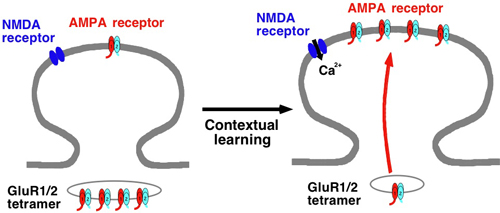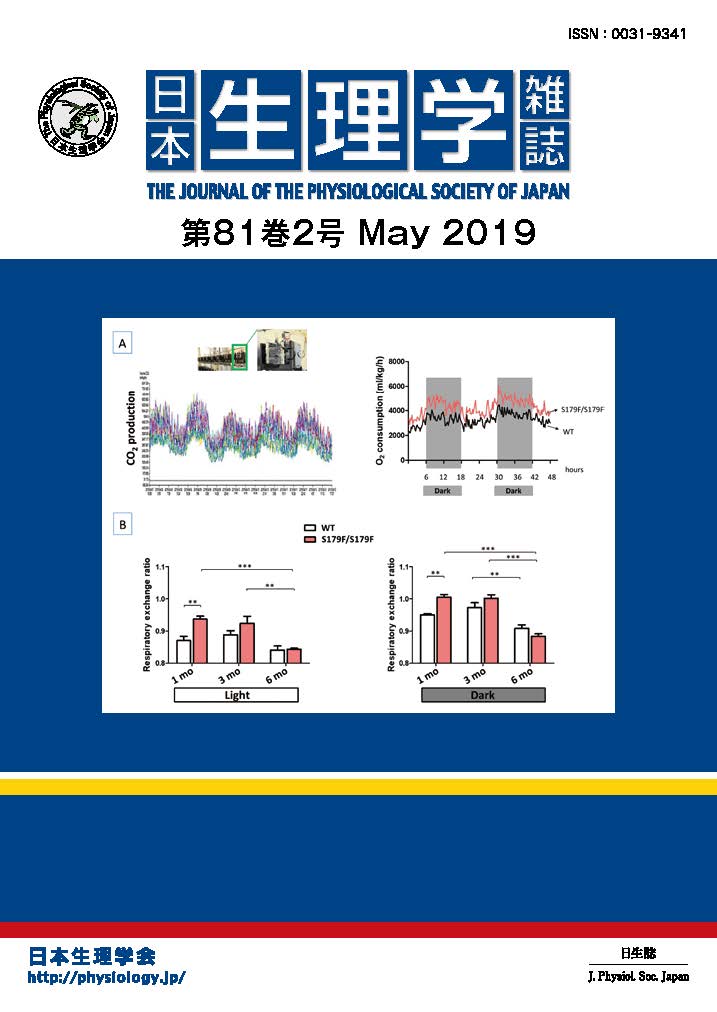The hippocampus plays a central role in learning and memory. Although synaptic delivery of AMPA-type glutamate receptors (AMPARs) contributes to experience-dependent synaptic strengthening, its role in hippocampus-dependent learning remains elusive. By combining viral-mediated in vivo gene delivery with in vitro patch-clamp recordings, we found that the inhibitory avoidance task, a hippocampus-dependent contextual fear-learning paradigm, delivered GluR1-containing AMPARs into CA3-CA1 synapses of the dorsal hippocampus. To block the synaptic delivery of endogenous AMPARs, we expressed a fragment of the GluR1-cytoplasmic tail (the 14-aa GluR1 membrane-proximal region with two serines mutated to phospho-mimicking aspartates: MPR-DD). MPR-DD prevented learning-driven synaptic AMPAR delivery in CA1 neurons. Bilateral expression of MPR-DDin the CA1 region of the rat impaired inhibitory avoidance learning, indicating that synaptic GluR1 trafficking in the CA1 region of the hippocampus is required for encoding contextual fear memories. The fraction of CA1 neurons that underwent synaptic strengthening positively correlated with the performance in the inhibitory avoidance fear memory task. These data suggest that the robustness of a contextual memory depends on the number of hippocampal neurons that participate in the encoding of a memory trace. (Proc Natl Acad USA, 108:12503-12508,2011)
Figure Schema of excitatory synapses in hippocampal CA1. Contextual learning drives synaptic delivery of GluR1-containing AMPA receptors in CA1 pyramidal neurons. More importantly, delivery blocker expression in bilateral CA1 severely impaired the learning, proving physiological role of AMPA receptor delivery.
* Yokohama City University Graduate School of Medicine






















